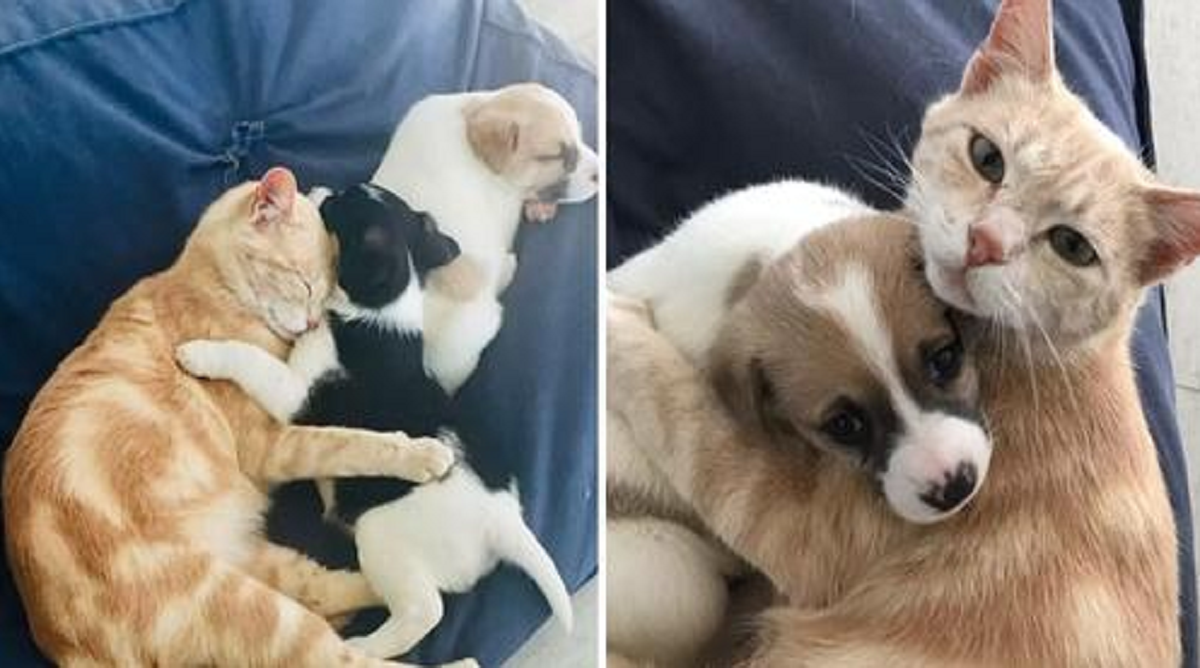Sand cats are one of the smallest species of cats in the world 😻

The North Carolina Zoo has recently shared some heartwarming news about the arrival of three cute triplets, which have captured the attention of people across the country.
The newborns are sand cats, one of the smallest feline species in the world, and are so tiny that they can easily fit in the palm of a hand. As per the zoo’s press release, the weeks-old kittens are winning hearts with their cuteness.
The kittens were born to first-time mother Sahara, aged 3, and father Cosmo, aged 9. Although Cosmo has fathered once before, it is the first litter of the couple. The kittens are exploring their surroundings at the Asheboro zoo’s Desert Habitat and are said to be doing well.
The zoo has not yet determined the sex of the kittens, and they are yet to be named. The zoo has announced that it will organize a naming contest for the newborns.

The breeding of the kittens is in line with the Sand Cat Species Survival Plan and the Association of Zoos and Aquariums (AZA), which focus on maintaining a healthy and genetically diverse population of sand cats to promote their numbers. Over 50 sand cats are currently housed in the AZA zoos.
The sand cat is one of the smallest species of feline in the world: they only weigh between 4 and 8 pounds and they grow to just 20 inches long on average, according to the press release. But don’t let their adorable faces and tiny stature fool you: these cats are no pets. Sand cats are ferocious predators who kill and consume prey including venomous snakes in their desert habitats. Their keen sense of hearing and digging abilities help make them expert hunters.

Native to the deserts of North Africa, the Arabian Peninsula, and Asia, sand cats are the only feline species that live exclusively in desert environments. These nocturnal cats have adapted to live in extreme climates.
While sand cats are not regarded as an endangered species, they are rare to spot in the wild due to their elusive nature, nocturnal hunting patterns and the remoteness of their habitats. Because they are hard to study, their population size is unknown, according to the North Carolina Zoo.

According to the Smithsonian Institute, sand cats are threatened by habitat loss from human development, so conservation efforts and laws protecting them from hunting have been put in place to protect the species.
These sand cats may grow up to be ferocious predators, but visitors can enjoy them while they’re still tiny palm-sized kittens: the zoo says they can currently be spotted with their mom in their zoo habitat.
What adorable newborns! Sand cats are such a fascinating and unique species — congrats on the arrival of these precious triplets!
Please share this amazing news! ❤️





